Otter African Trail Run: A Weekend Warrior’s Approach to Africa’s Toughest Trail Marathon
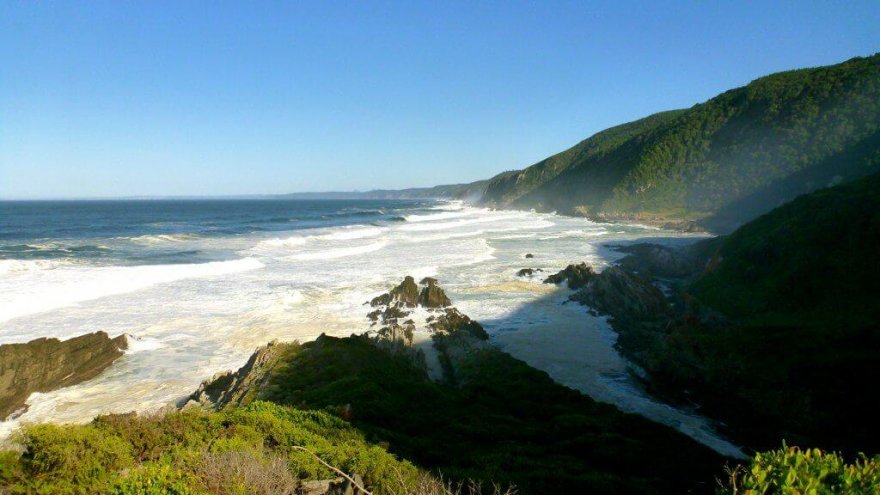
The Otter African Trail Run is described as the toughest marathon distance trail run in Africa. It follows the iconic Otter hiking trail, the oldest and most popular hiking trail in South Africa, which is usually a five day hike along the picturesque coastline of the Western Cape Province. The trail is situated entirely within the pristine Tsitsikamma National Park Forest and is not accessible by anyone but the runners and crew during race week.
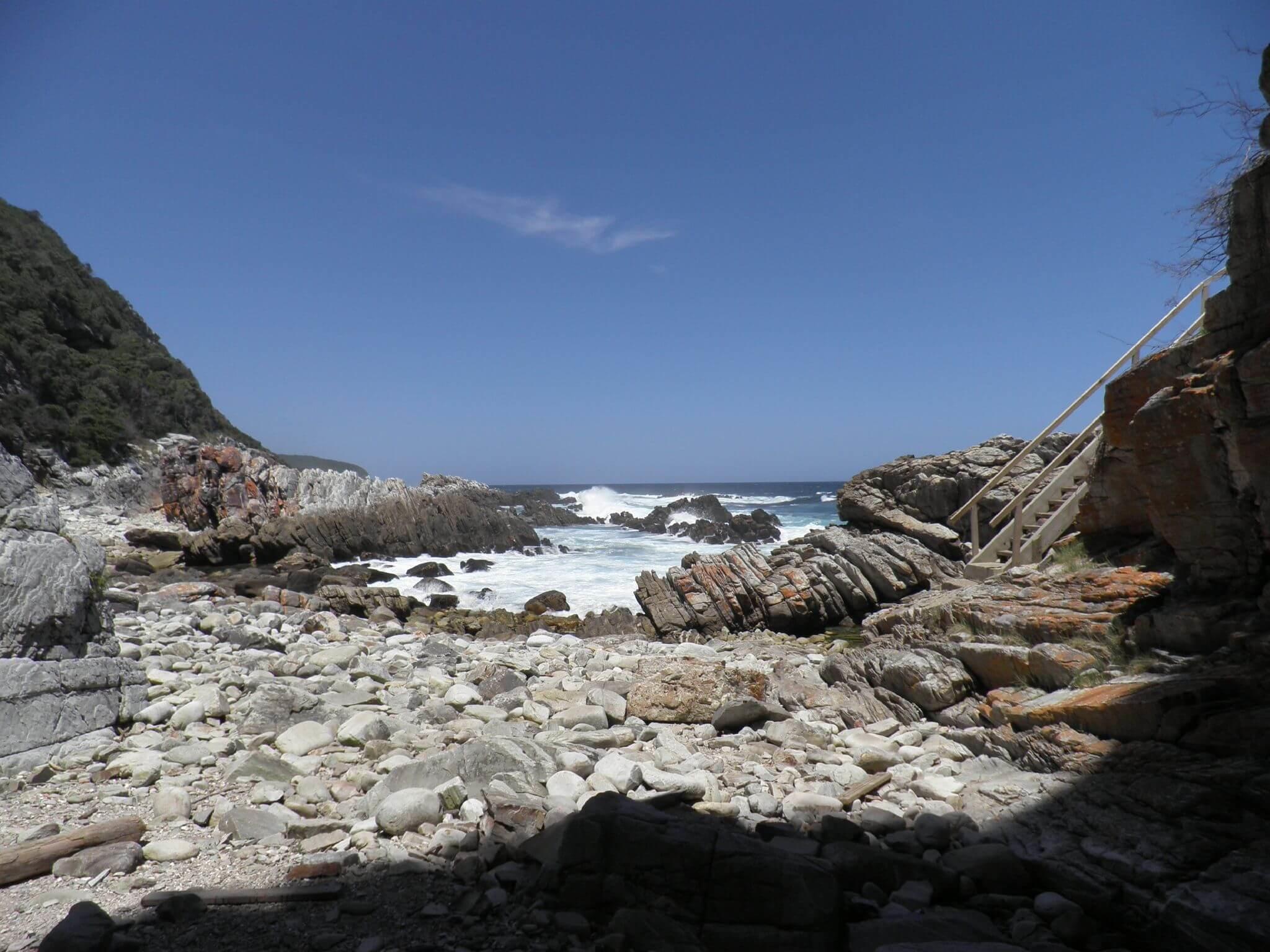
‘PC070076’ by Sa-Venues. Licensed under CC BY 2.0.
The Classic Otter trail run started in 2009. Initially, runners went from Storms River Mouth in the east to Nature’s Valley in the west. In 2012, they introduced the Retto (Otter in reverse, i.e. from west to east), which is run on alternate years.
In order to limit the potential impact on the environment, entries to the Run is limited to 220 and sells out within an hour of opening. There is also The Otter Challenge, which follows the same route and distance but with a more lenient cutoff. The Dassie, a 10 km trail run, takes place earlier during race week.
The Route
The Otter trail sports a hefty 2600m of elevation gain with 11 significant climbs, three of which exceeds 100m. On the Otter Classic runners have to ascend more than 7000 steps and cross four rivers, one of which is a potential serious swim if caught at high tide. The Otter has a trail factor of 2.0, indicating that the distance (42 km) should be multiplied by two to calculate the equivalent required effort on a flat road. Runners have a mere 8 hours to complete this grueling course before the final cutoff, making this the “Grail of Trail,” as it is endearingly referred to.
The Otter African Trail Run route. Source.
The Otter Experience
RunnerClick caught up with Namibian trail runner Corné Verwey, a Supervisor at a Meatco Feedlot in Windhoek, who completed the Otter (Retto) in 2016 in a very respectable 7h15. Corné, 32, is married to Tobie Verwey, 35, a fellow weekend warrior who has completed a number of trail marathons and ultras, including the Otter. Tobie first completed the Otter in 2015, and his experience helped the couple to best prepare for the the Run in 2016. Corné’s work schedule only allows her to train for an hour on weekdays, with longer runs saved for the weekend.
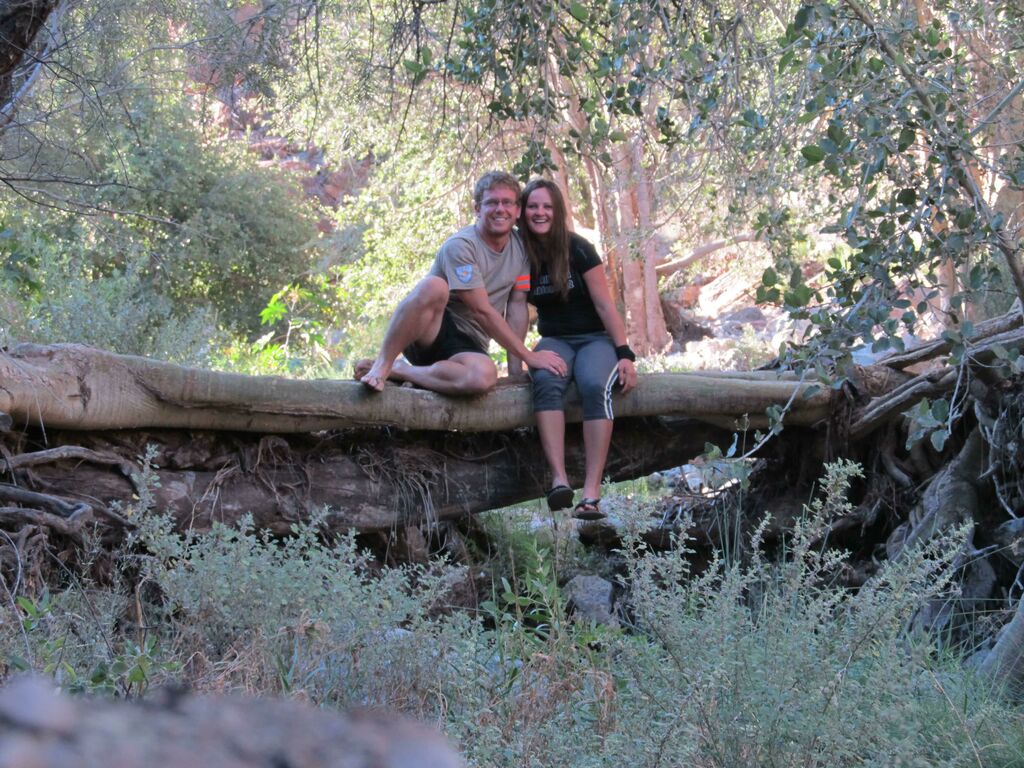
Training
RunnerClick: How did you train for the Otter? Did you run with a partner or follow a program?
Corné: I trained with Tobie, following a program based on Crossfit Endurance.
RunnerClick: The Otter has some serious hills. How did you train for hills?
Corné: We included hill repeats as part of our long runs every weekend at Avis dam just outside Windhoek for the last two months of training. We also did lots and lots of squats and lunges, sometimes with weights. Once a week I also did hill repeats during my lunch hour at work!
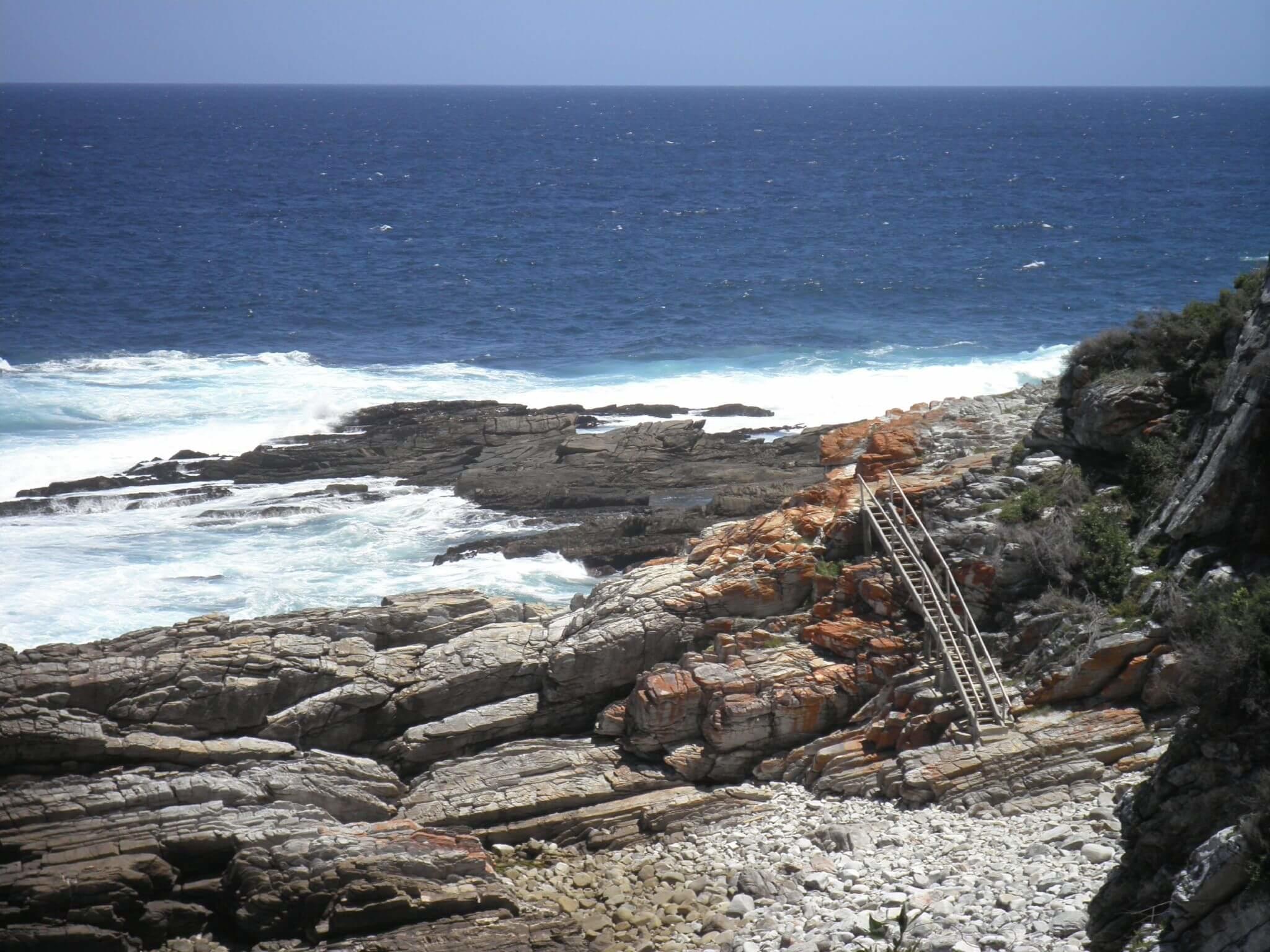
’PC070069′ by Sa-Venues. Licensed under CC BY 2.0.
RunnerClick: Did you do speed work?
Corné: Once a week we did either 100m or 200m sprints, Yasso 800s or 1000m repeats.
RunnerClick: Did you cross train in preparation for the Otter?
Corné: We used to do Crossfit three to four times a week.
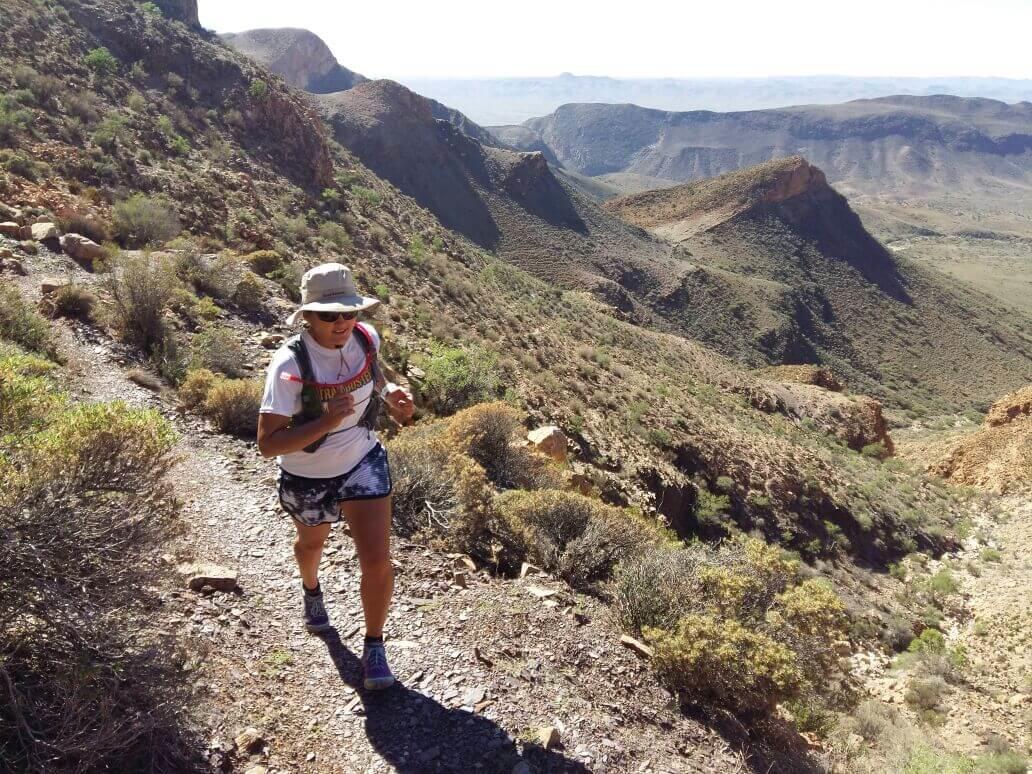
RunnerClick: Did you taper before the race?
Corné: Yes, two weeks before the race.
RunnerClick: Did you have special diet requirements during your training for the Otter?
Corné: Nope, but maybe I should have had!
Race Day
RunnerClick: How did you pace yourself? With a pace band or do you trust your pace training and just run?
Corné: I just kept an eye on the average pace and kept moving.
RunnerClick: What did you eat during the race?
Corné: On runs longer than two hours I usually take gels or Perpetuem from Hammer Nutrition every 45 minutes.
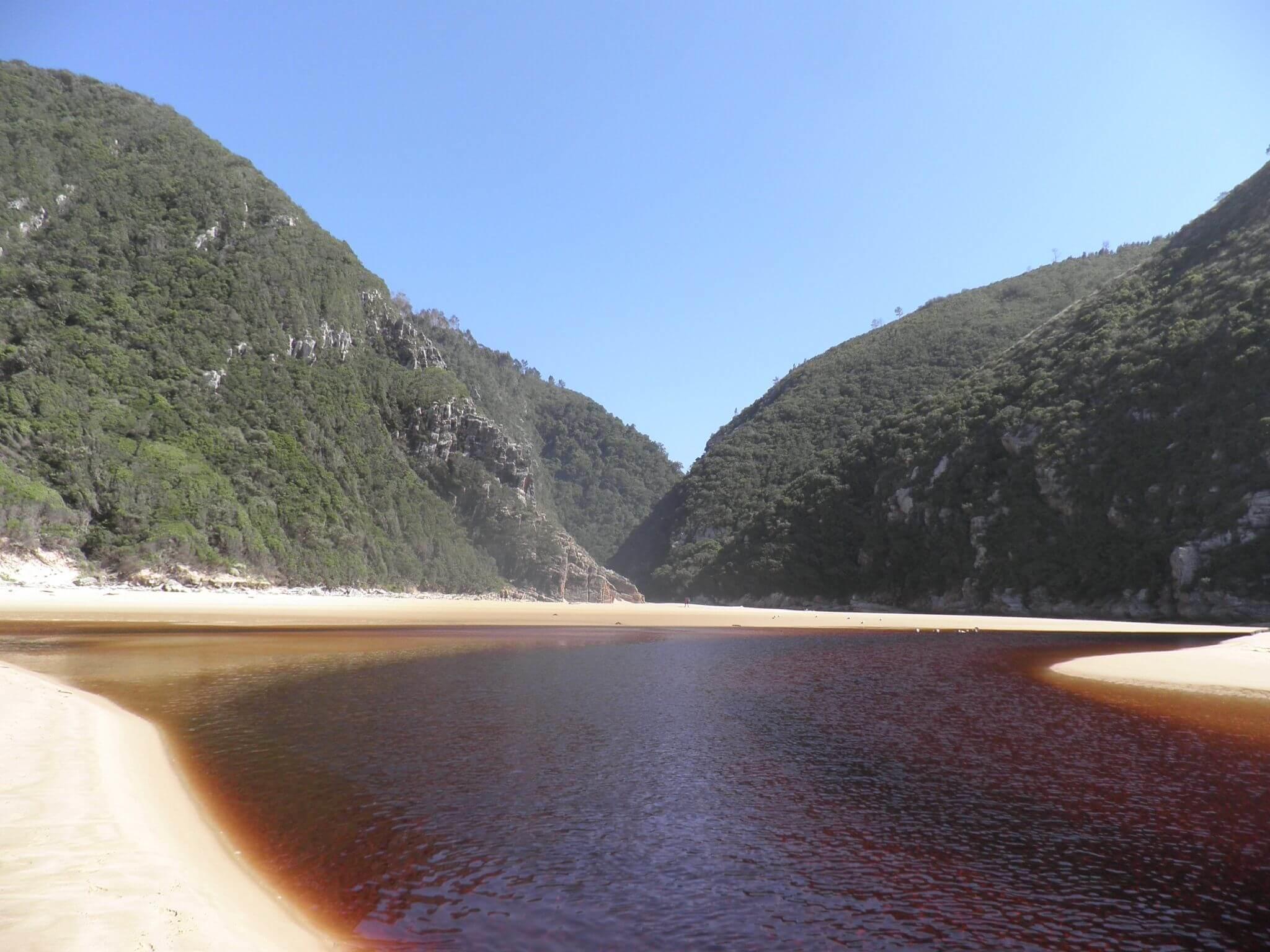
‘PC090168’ by Sa-Venues. Licensed under CC BY 2.0.
RunnerClick: What do you drink during the race?
Corné: I drank mostly water if I ate something, otherwise I drank Hammer Nutrition’s Heed.
RunnerClick: What else did you carry with you on the Otter besides the mandatory gear?
Corné: I made sure I carried sufficient electrolytes. Cramps can ruin your race.
In a Nutshell
RunnerClick: What did you love about the race itself?
Corné: I loved the challenge! Hikers normally complete the route in five days and we runners got only one! The race is very well organized. I really felt like a pro taking part at the Otter.
RunnerClick: What did you love about the route?
Corné There was green everywhere! Rivers and the forest and did I mention green? Hailing from Namibia, a desert/semi-desert country, I thought I was in Heaven when I arrived on Garden Route. On runs longer than 21 km I usually reach a point where I ask “what am I doing to myself?”, but the mere beauty of the scenery on the Otter route carried me through.
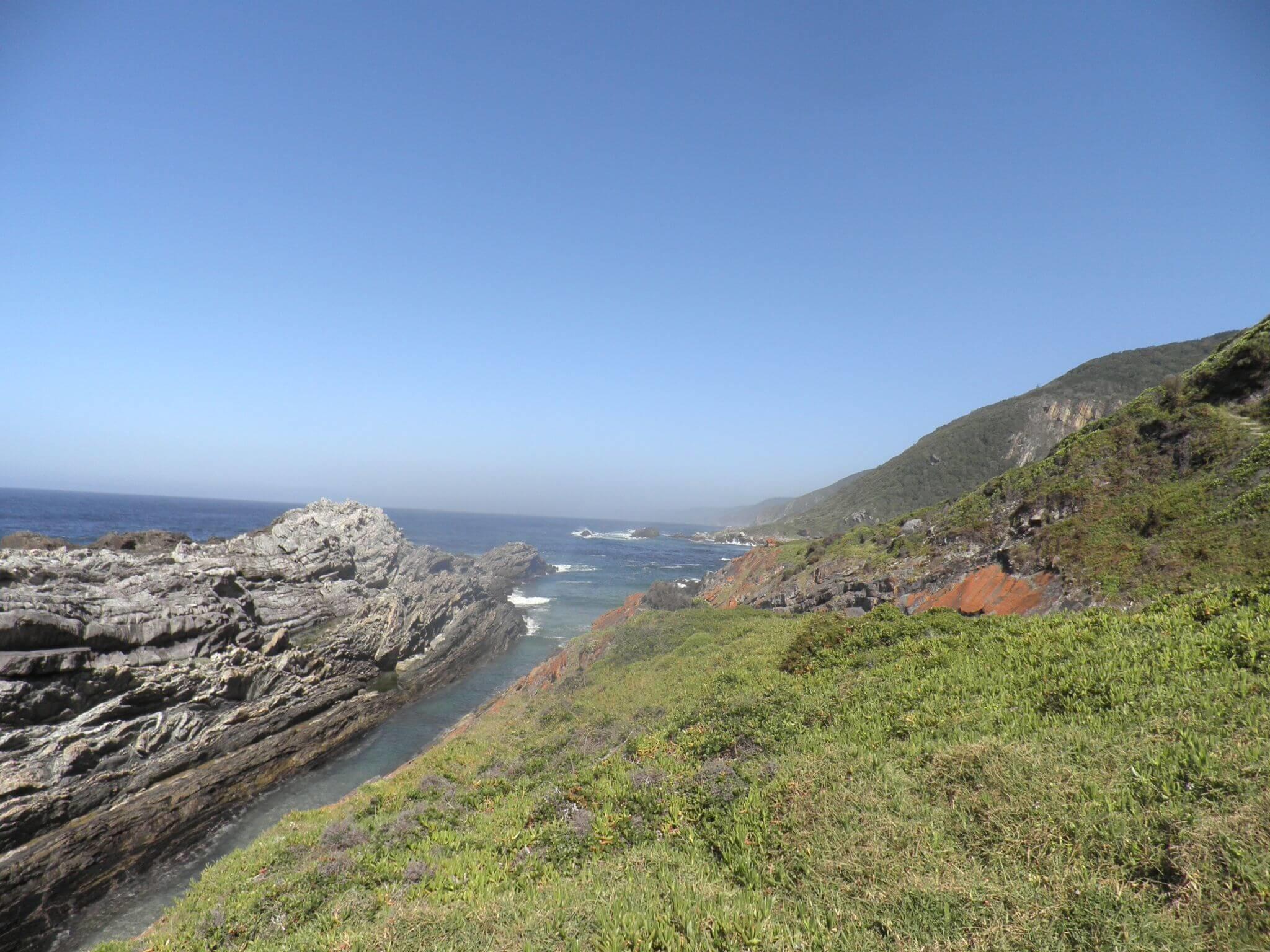
Corné: I had nightmares about having to swim through rough waters while crossing the notorious Bloukrans River, but that turned out to be easy, ankle-deep wading in 2016. The real tough part of the race was to keep moving on the steep climbs, knowing that if you slow down or stop you might miss the eight-hour cutoff. And the toughest part of course was getting up the next morning…
RunnerClick: Finally, do you have any special advice or tips you can give to novices planning to do the Otter for the first time?
Corné: Make time for hilly runs longer than four hours, and do hill repeats on the steepest hill you can find!
Latest Articles
 Is Running on a Treadmill Easier Than Running Outside?Runners have their own preferences, whether it is treadmill running, running outside on the road, or exploring trails. So...
Is Running on a Treadmill Easier Than Running Outside?Runners have their own preferences, whether it is treadmill running, running outside on the road, or exploring trails. So... Is It OK to Use Trail Running Shoes on the Road?While trail running shoes can be used on roads, especially in situations where a runner encounters mixed terrains or pref...
Is It OK to Use Trail Running Shoes on the Road?While trail running shoes can be used on roads, especially in situations where a runner encounters mixed terrains or pref... How to Fix Sore Quads After Running?Rest, ice, gentle stretching, and over-the-counter pain relievers can help soothe sore quads after running. Also, ensure ...
How to Fix Sore Quads After Running?Rest, ice, gentle stretching, and over-the-counter pain relievers can help soothe sore quads after running. Also, ensure ... 10 Fruits With The Most Electrolytes to Replace Sports DrinksThese fruits are high in electrolytes such as potassium, magnesium, and calcium, essential for hydration, muscle function...
10 Fruits With The Most Electrolytes to Replace Sports DrinksThese fruits are high in electrolytes such as potassium, magnesium, and calcium, essential for hydration, muscle function...


